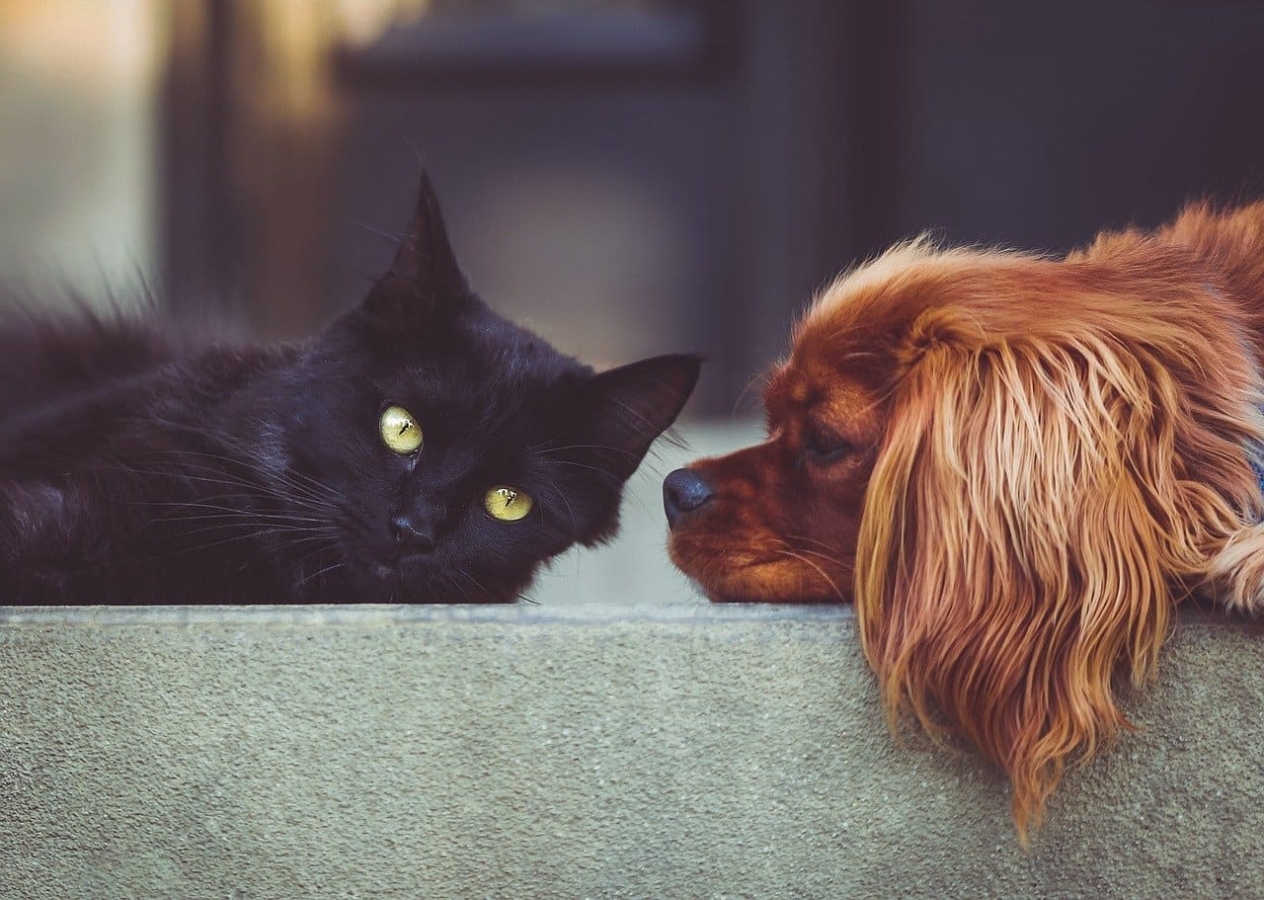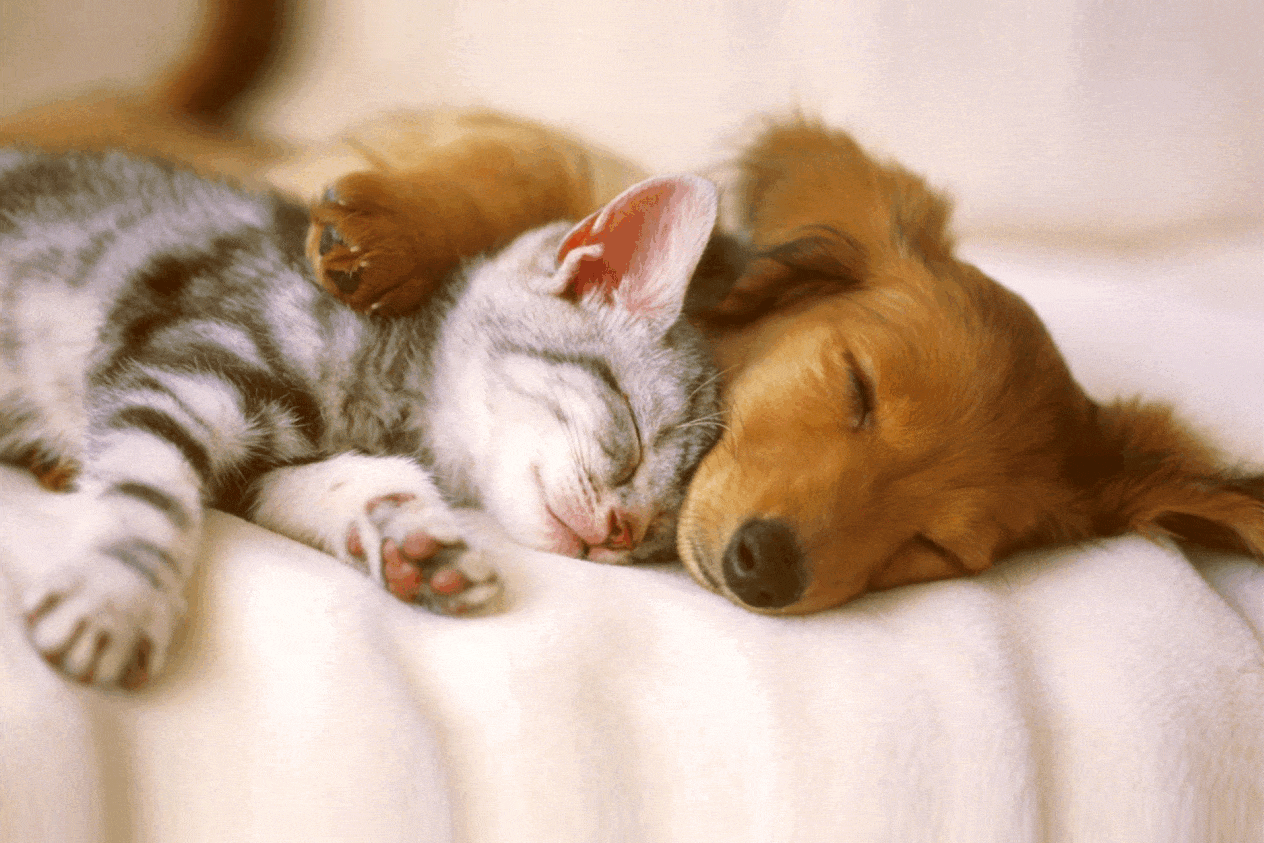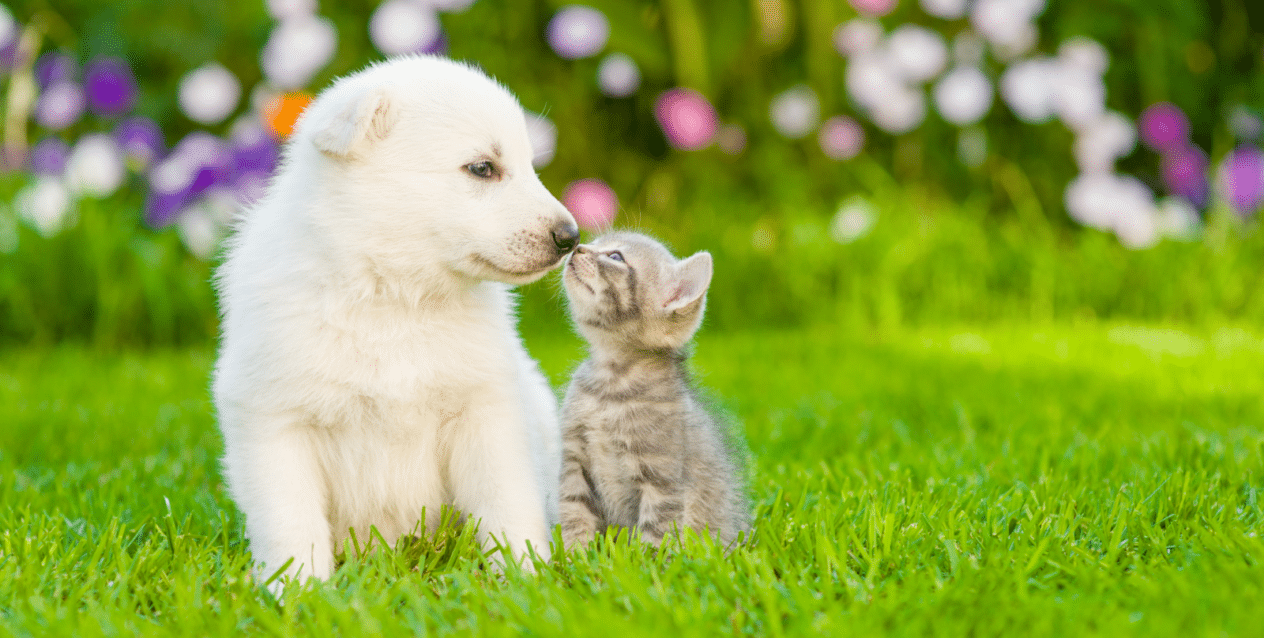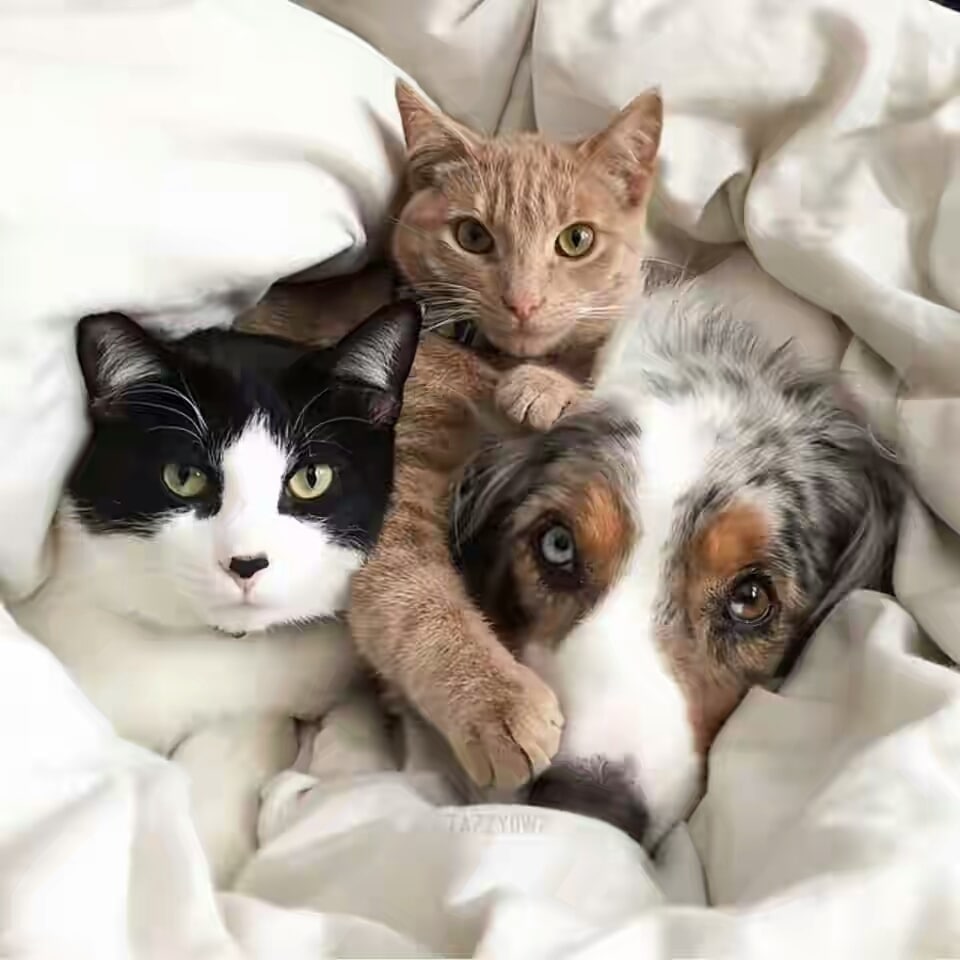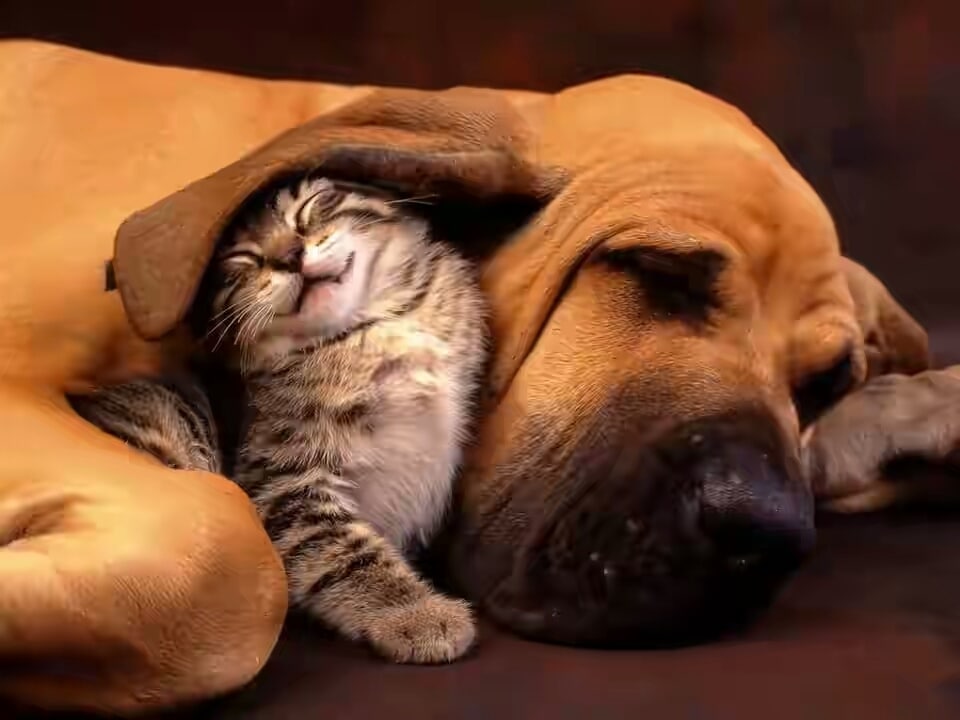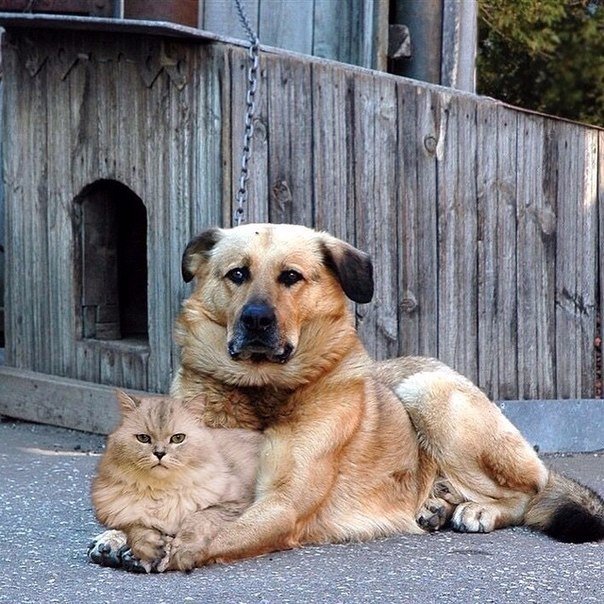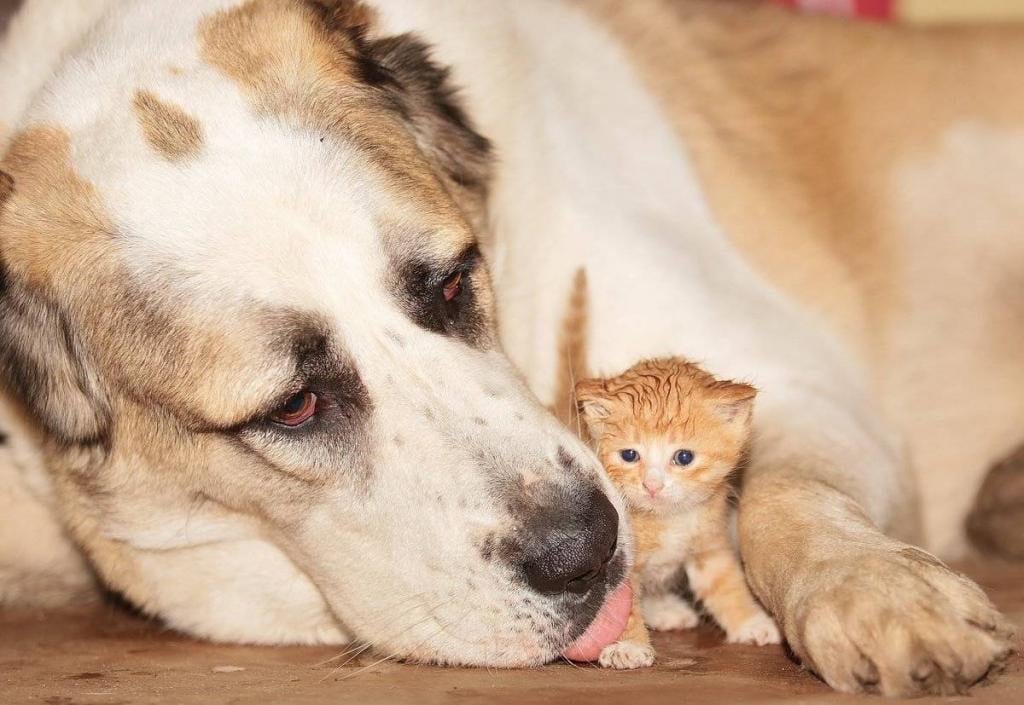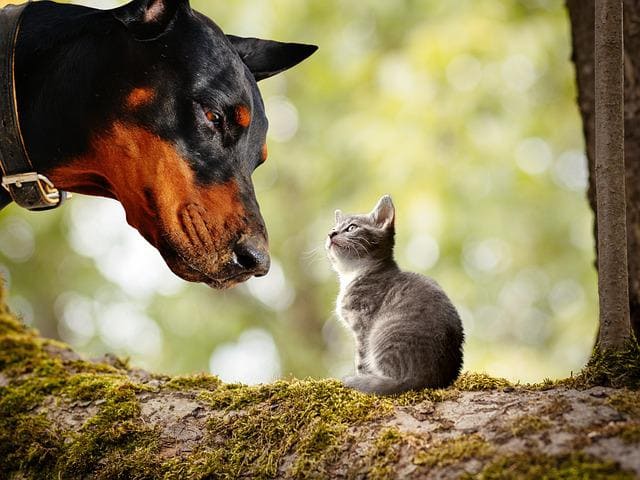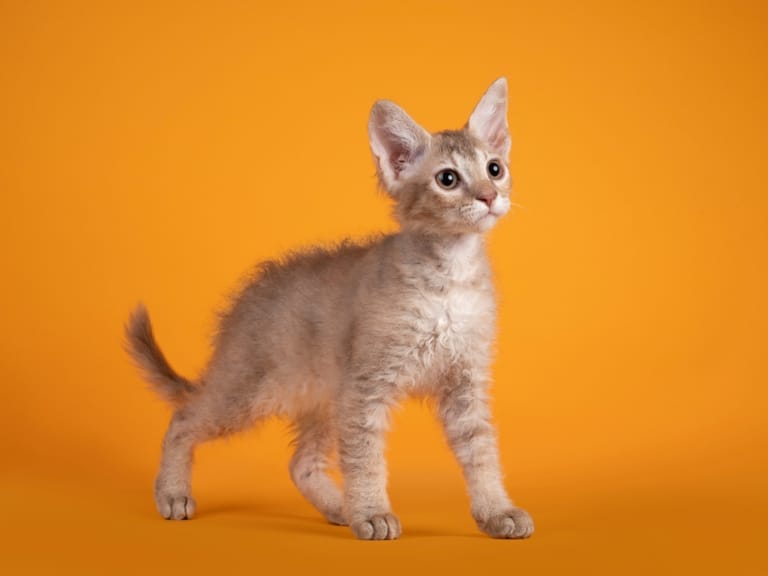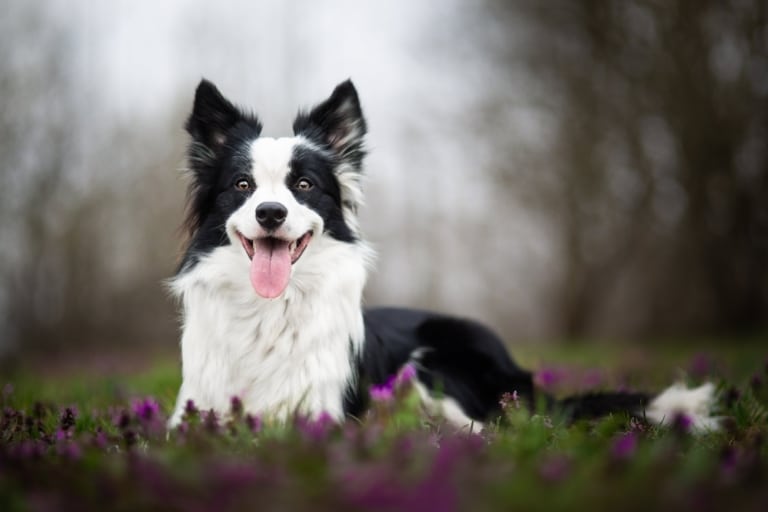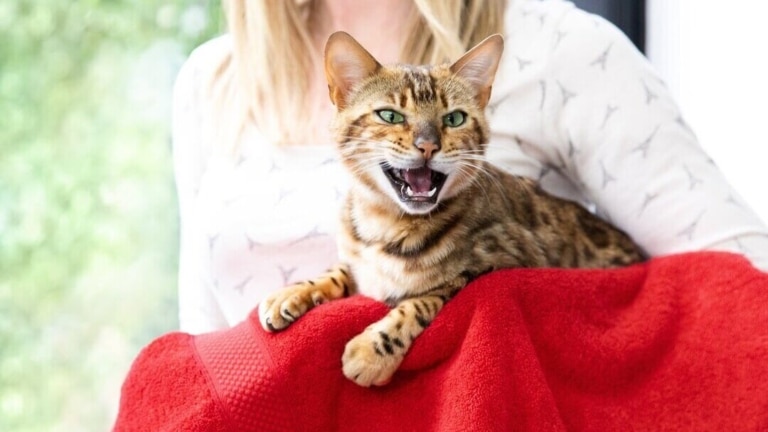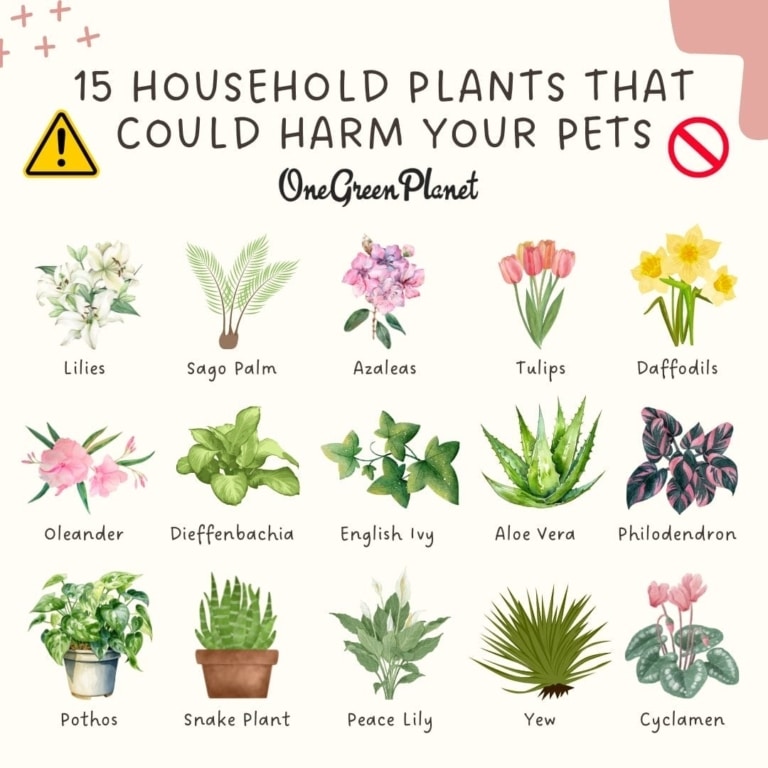How often have you heard this saying: “like a cat with a dog”? It is usually used in a negative context to describe people who are constantly fighting or fighting. But are these animals really bitter enemies, because in many homes they live together and even sleep in the same bed? Read how to make friends with your brawlers in our blog.
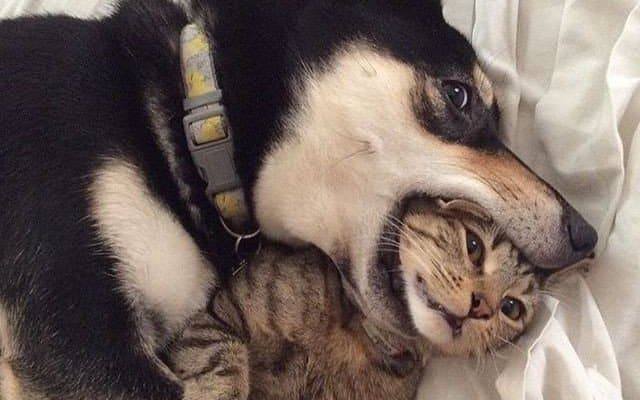
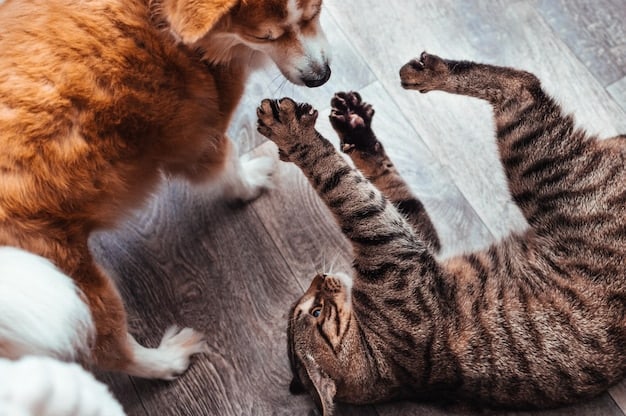
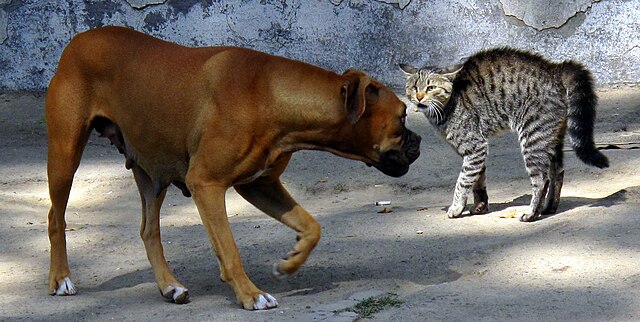
Cat and dog war – myth or reality
The idea that cats and dogs are natural enemies has been rooted in our minds for centuries. In cartoons, movies, and even in everyday language, this eternal conflict is a popular theme. However, is this true?
For example, Israeli scientists from Tel Aviv University claim that dogs and cats can live in harmony and understand each other, especially if they are introduced at an early age. Their study, which analyzed the behavior of cats and dogs living together, found that 65 percent of the animals were friendly to each other, while 25 percent simply avoided communication, and only 10 percent showed aggression. These data indicate that misunderstandings can arise between these animals, but under the condition of proper upbringing, cats and dogs are able to develop good and warm relationships. In general, these species are not biologically programmed to be enemies, instead they learn everything through communication, just like humans. A key factor in establishing their relationship is familiarity (preferably at an early age) and the environment in which they live.
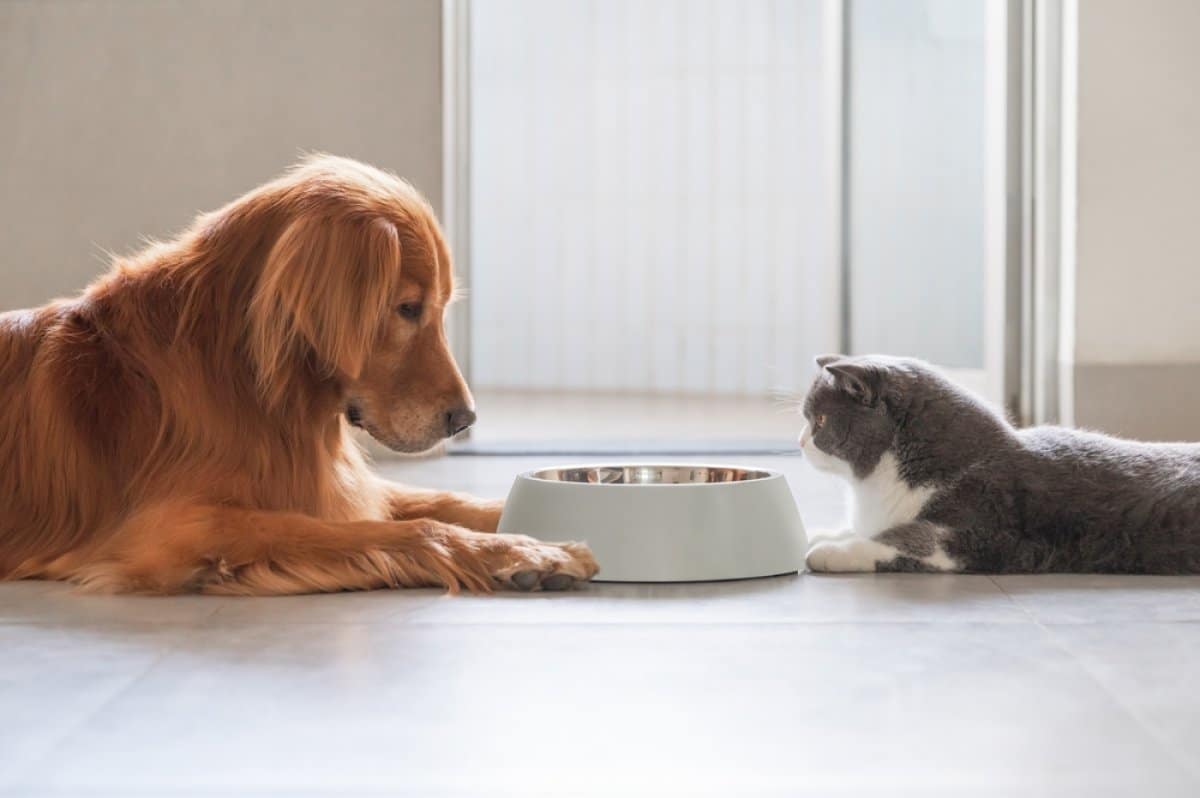
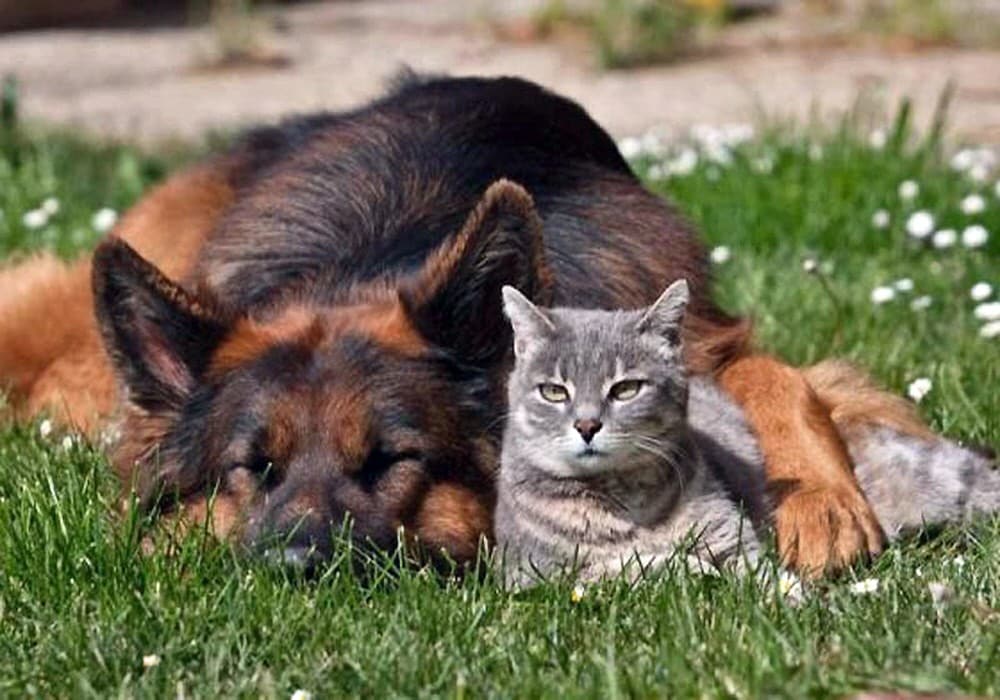
How to make friends between a cat and a dog?
Acquaintance between a cat and a dog requires patience and caution on the part of the owners. The first meeting should be in a calm atmosphere, both animals should be given space and time so that they can get used to each other. It is best to start by separating them with a special barrier, such as a gate or a closed door. This will allow them to feel each other’s presence, but without direct contact, which will reduce the likelihood of stress or fear, as well as give them time to get used to the idea that there is a new resident in the house.
After the pets have time to get to know each other’s scents, you can arrange a supervised, face-to-face meeting. During this interaction, watch their body language carefully and take control of the situation. Signs of curiosity such as sniffing and quiet observation are a good sign, while hissing or growling indicates that they need more time. Positive emotions, such as treats or praise, can help both animals associate good feelings with each other’s presence. At first, keep these familiarization sessions short, and when you notice that the animals feel more comfortable in each other’s company, gradually increase their duration.
Over time, with a consistent and patient approach, both pets will begin to interact more freely. They can show playful behavior or simply coexist peacefully in the same space.
Remember that every animal is different—some cats and dogs can bond quickly, while others may take longer. The main thing is to allow them to develop their relationship at their own pace, without forcing them to interact.
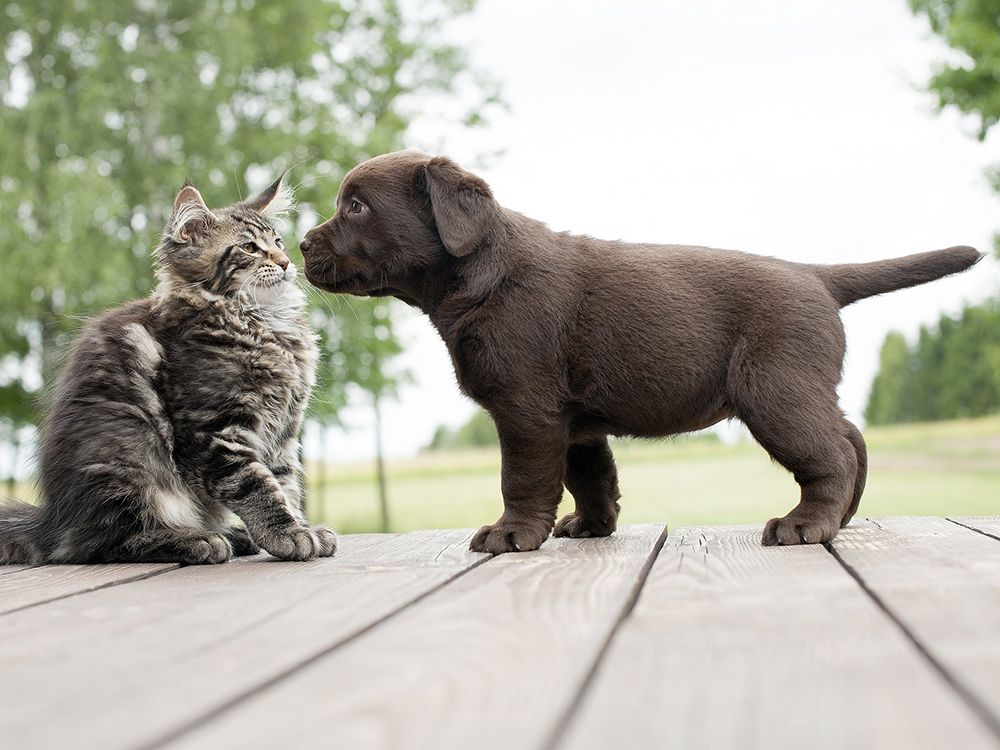
Dependence of relations on the breed and character of the animal
The success of a cat-dog friendship often depends on the breed and personality of each animal. Some breeds of dogs are naturally more sociable and calm, which makes them more adapted to coexistence with cats. For example, breeds such as Golden Retrievers, Labrador Retrievers, and Cavalier King Charles Spaniels tend to have a mild, friendly temperament that makes them easier to get along with cats.
On the other hand, some dog breeds, especially those with a strong hunting nature, such as terriers, greyhounds or herding dogs, may find it more difficult to coexist peacefully with other animals in the same household. These dogs may perceive cats as prey to be hunted, which can complicate their relationship somewhat. This is not to say that friendship is impossible, but it may require extra effort in training and supervision.
Likewise, cats have different temperaments depending on the breed and individual characteristics. Breeds such as the Ragdoll and Maine Coon are known for their calm and friendly nature, which makes them more dog-friendly. Meanwhile, more independent or aggressive cats, such as Siamese or Abyssinian cats, may take longer to adjust to living with a dog.
In addition to the breed, the individual character of each animal plays a huge role in their interaction. A confident, social dog can get along with an inquisitive and bold cat, while a shy or anxious dog can struggle with a more aggressive or wayward cat. Understanding your pets’ unique personalities is essential to building a healthy relationship.
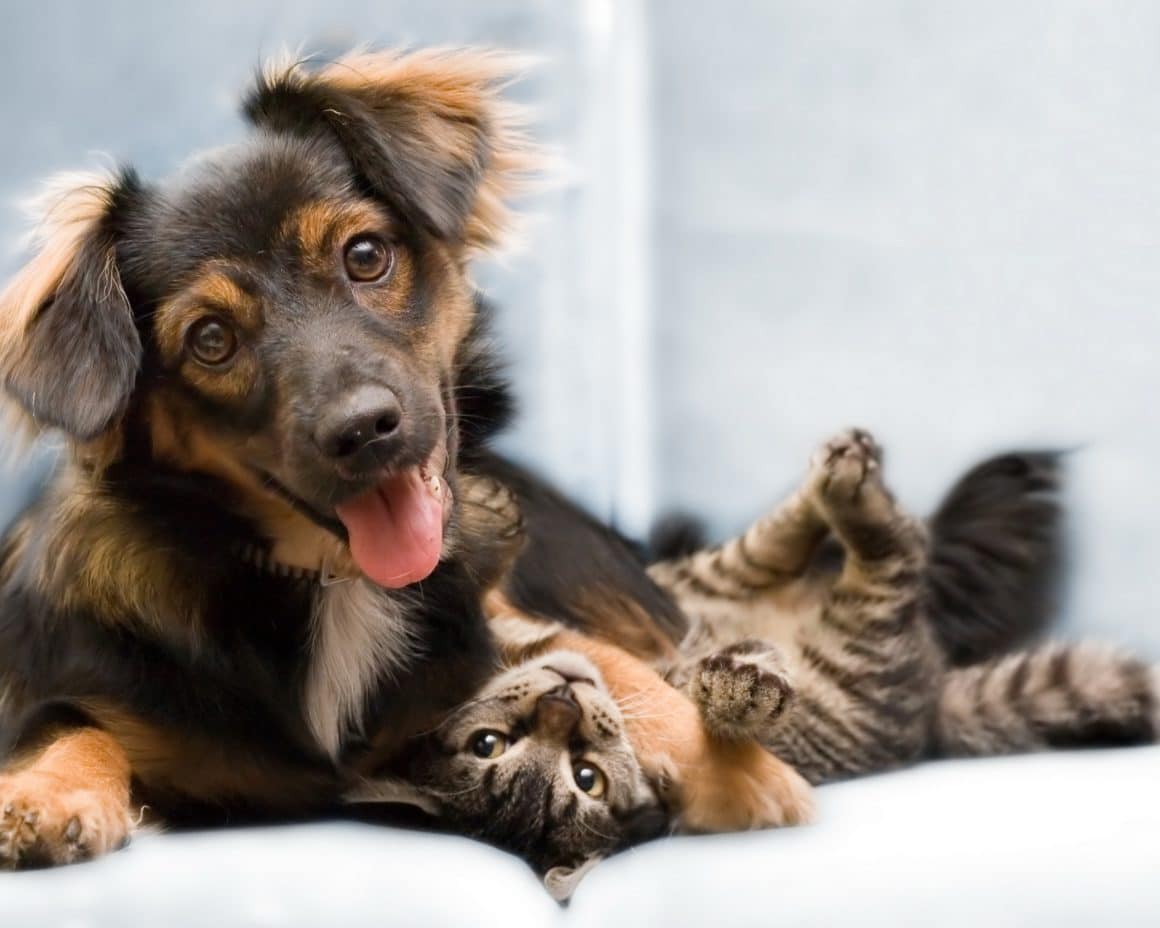
An individual place for each pet is the key to peace in the house
Even if your cat and dog get along, it’s important to remember that each of them should have their own personal space. Dogs and cats have different rest and privacy needs, so it’s important to provide separate sleeping areas, feeding areas, and rest areas where they can retreat when they want to be alone. This not only helps prevent conflicts, but also ensures that both pets feel safe in the home environment. With the right setting, peace and harmony are quite attainable.
